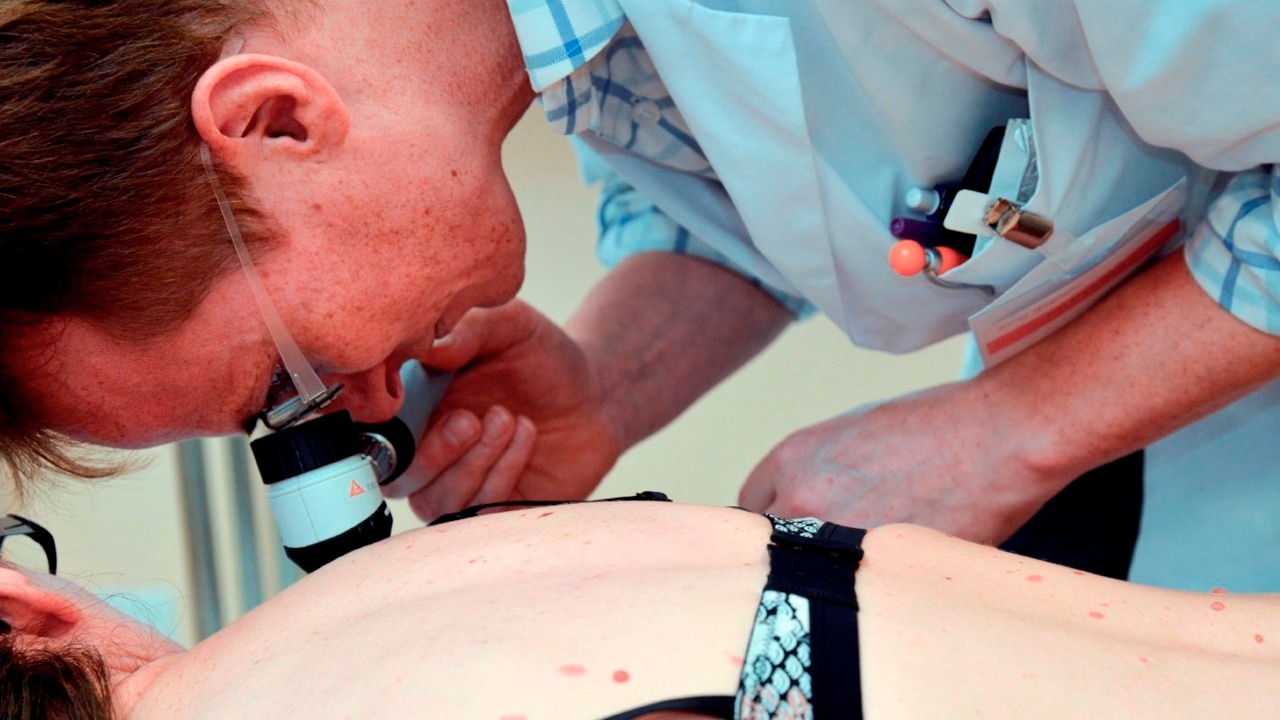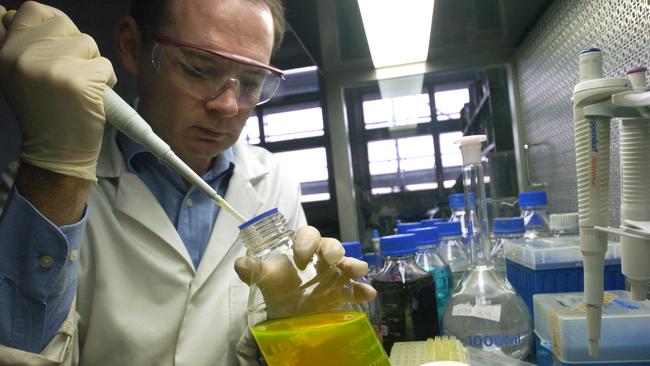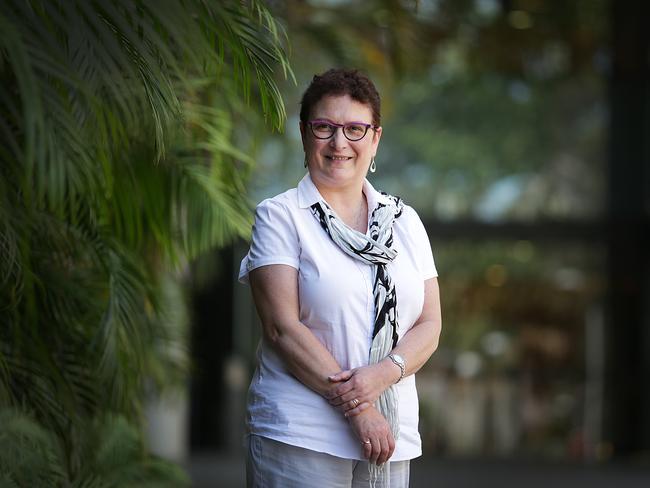Cancer diagnosis may be possible with new blood test
A REVOLUTIONARY blood test — touted as the Holy Grail of cancer research — is being developed by Australian scientists and may make diagnosing cancer as simple as a pregnancy test.

News
Don't miss out on the headlines from News . Followed categories will be added to My News.
A REVOLUTIONARY blood test being developed by Australian scientists may make diagnosing cancer as simple as a pregnancy test.
Touted as the Holy Grail of cancer research, the test offers the chance to detect malignancies when they can be more easily treated, long before they appear on imaging scans.
After successful trials on animals, researchers are now working on adapting the test so they can screen for almost any type of cancer within a half-hour of taking a simple finger- prick blood sample.
RELATED: NEW ANTI-CANCER DRUG PUTS CELLS TO ‘SLEEP’
WORLD FIRST TRIAL TO IDENTIFY SKIN CANCERS ON THE SPOT
BREAST CANCER: KATE MURRAY’S FIGHT FOR SURVIVAL
Gold-plated nanoparticles have been developed to seek out and attach to cancer biomarkers in the blood. The diseased genetic material is then extracted by magnetising it.
The Australian research scientists believe their blood test could become a regular and cost-effective method of screening for cancer over the next five to 10 years.
Professor Justin Gooding, of the Centre of Excellence in Convergent Bio-Nano Science and Technology, said: “The big thing here is that we can detect much lower concentrations than most technologies.
“This method takes about half an hour and, if we go through the journey to commercialisation, then it could be like a finger prick test. So it is pretty promising.
“This technology could be applied to any cancer by changing the capture sequence.”

The Federal Government’s Australian Research Council set up the centre in 2014 to drive development of vaccines, drugs, gene therapies and treatments through collaborations with leading medical institutes and universities.
Genetic material known as microRNAs, once thought of as nothing more than “junk” discarded into bodily fluids by DNA, have recently been shown to be more important.
Levels of microRNAs in blood have been found to rise in the presence of cancer. But concentrations are so small they have been detectable only in costly laboratory processes taking more than 12 hours per sample.
But the collaboration between the centre and teams from the University of NSW and Prof Maria Kavallaris, of the Children’s Cancer Institute, was able to bind magnetic gold-plated particles to the microRNA so they could be captured with a magnet and removed.

The breakthrough Au@MNP sensor, revealed overnight in the journal Nature Nanotechnology, can detect even the smallest quantity of microRNA, before cancer has developed.
More than 2500 different types of microRNAs have been confirmed in humans, and Prof Gooding said each had the potential to be an indicator of different cancers.
Research would have to determine which applied to each cancer, to adapt a “capture” test for each.
The Sydney team hopes to refine the technique before testing it in clinical trials.
JARRYD ROUGHEAD’S CANCER DIAGNOSIS SHOWED HIM THERE’S MORE TO LIFE THAN FOOTY


